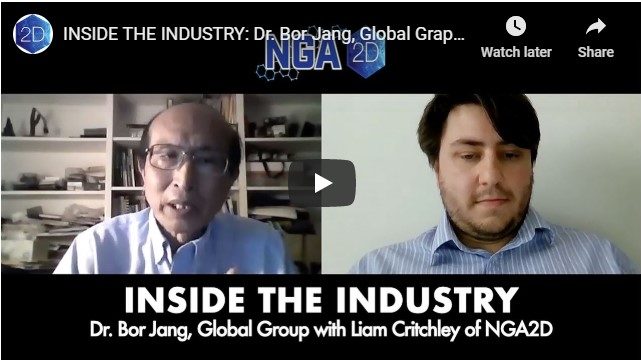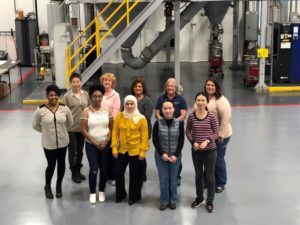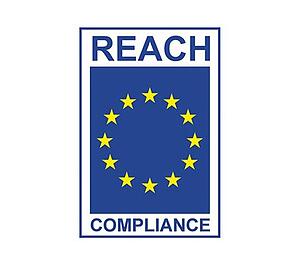We rely on goods and products to be shipped around the world each day. Many of the items you purchase may have come from another country, sending weeks or more at sea on their way to your door. There are over 50,000 cargo ships around the world. We rely on these ships to bring our goods from other countries, and to ship our products abroad. Keeping the ships in great shape is a priority. And one of the biggest problems that plague ships is corrosion.
Anti-corrosion coatings are key to ships to limit the damage done to ships. Corrosion takes place from the combination of high moisture and salt-laden sea spray, both of which directly attack the steel of the ship’s hull. Cargo ships can take upwards of a few million gallons of paint to properly coat their hull. Parts of the ship above the waterline will generally get three coats while those below get seven. To keep it in perspective, one gallon of paint cover 400 square feet. The layers of paint on the ships add to the ships’ weight, which means it must reduce the onboard weight. And these ships need to be repainted every few years, leading companies to spend billions of dollars per year.
Graphene has amazing anti-corrosion properties. A small amount of graphene added to paint can dramatically increase the ship’s anti-corrosion resistance. And the graphene-enhanced paint can extend the coating’s life, taking the lifespan of the paint and extending it to 10 or more years between coatings. That’s a cost savings in terms of the man hours it takes to recoat a vessel and the amount of paint it needs to purchase. In addition, the graphene-enhanced pain reduces the coating weight by 50-60%, allowing for more equipment to be onboard the ship.
Another plus of using graphene-enhanced paint is a reduction in zinc dust in the paint. Zinc dust is typically used in paints to for anti-corrosion. And zinc dust is a known carcinogen. By replacing the zinc dust with graphene, the paint is safer for people.
Graphene-enhanced coatings allow less paint to be needed for covering ships. It reduces the weight of the coatings and increases its anti-corrosion properties. The graphene-enhanced paint is more sustainable, lasting upwards of 10 years between recoats. And it is safer for people’s health with less zinc dust being added to the paint mixture.

 In Global Graphene Group’s home state of Ohio, it is often joked that there are four seasons: winter, construction prep, actual construction and construction wrap-up. When orange cones are lined along the side of the road, Ohioans know they’re in for months of construction fun. There are some highways that seem to always be under construction. When one project ends, another starts.
In Global Graphene Group’s home state of Ohio, it is often joked that there are four seasons: winter, construction prep, actual construction and construction wrap-up. When orange cones are lined along the side of the road, Ohioans know they’re in for months of construction fun. There are some highways that seem to always be under construction. When one project ends, another starts.

 DAYTON, OHIO, July 2, 2020 – Global Graphene Group (G3) has finalized certification for its second and third products with the European Union’s Registration, Evaluation, Authorization and Restriction of Chemicals (REACH). G3’s PS and PDE products join their previously approved PDR products that were REACH certified earlier this year.
DAYTON, OHIO, July 2, 2020 – Global Graphene Group (G3) has finalized certification for its second and third products with the European Union’s Registration, Evaluation, Authorization and Restriction of Chemicals (REACH). G3’s PS and PDE products join their previously approved PDR products that were REACH certified earlier this year.